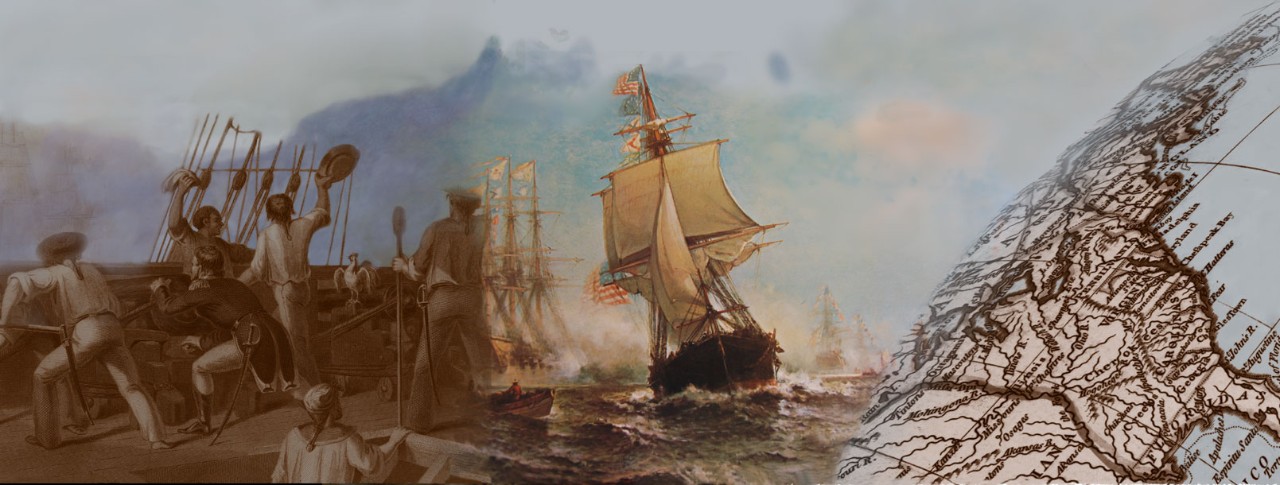
Leahy, William D.
William Daniel Leahy was born in Hampton, Iowa, on 6 May 1875. He graduated from the U.S. Naval Academy in 1897 and was assigned to the battleship Oregon, serving in her through the Spanish-American War. In 1899, Ensign Leahy was sent to the Asiatic Station, where he participated in the supression of the Philippine Insurrection and of the Boxer Rebellion in China. In the decade following his return to the United States in 1904, he served in the cruisers Boston and California, was an instructor at the Naval Academy and chief of staff to the commander of U.S. forces in Nicaragua.
In 1915-16, Leahy was Commanding Officer of the gunboat Dolphin in the Caribbean area. He was next the Executive Officer of battleship Nevada, and, during the First World War, commanded the transport Princess Matoika. During the first half of the 1920s, Captain Leahy commanded the cruiser Saint Louis and battleship New Mexico. Promoted to the rank of Rear Admiral in 1927, he served as Chief of the Bureau of Ordnance, was Commander of the Scouting Force's destroyers and was Chief of the Bureau of Navigation. In 1935 he became Commander, Battleships, Battle Force, with the rank of Vice Admiral and then flew his four-star flag as Commander, Battle Force.
In January 1937, Admiral Leahy became Chief of Naval Operations, serving for more than two years during a period marked by increasing tensions in the Far East and Europe and by a gradual expansion of the Navy. During this time he frequently had additional duty as Acting Secretary of the Navy. Following retirement in August 1939, Leahy was appointed Governor of Puerto Rico. In late 1940, he became the United States Ambassador to France, serving in that very demanding position until April 1942.
Upon his return home, Admiral Leahy was recalled to Navy service as Aide to President Franklin D. Roosevelt and as Senior Member of the Joint Chiefs of Staff. As such, he played a critical role in the strategy, diplomacy and execution of the Second World War. In recognition of these accomplishments, he received promotion to the rank of Fleet Admiral in December 1944. After Roosevelt's death in April 1945, Leahy continued in his posts, assisting President Harry S. Truman in bringing about final victory against Germany and Japan and then helping to guide the Nation in the early post-war years. Though he retired in 1949, Fleet Admiral Leahy technically remained on active duty until his death on 20 July 1959.
USS Leahy (DLG-16, later CG-16) was named in honor of Fleet Admiral Leahy.
This page features selected views of Fleet Admiral William D. Leahy.


